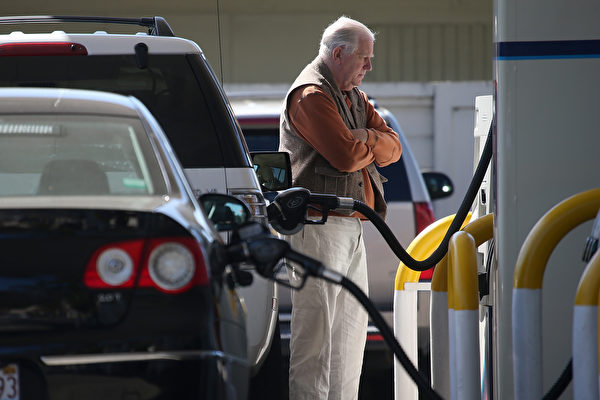In recent weeks, gasoline prices in the United States have seen a significant decrease, bringing relief to drivers across the country. In 16 states, the average price of gasoline is below $3 per gallon, marking a positive trend for consumers. It is expected that this period of low oil prices will continue for some time.
According to data shared by the American Automobile Association (AAA) and ABC, the price of gasoline has dropped by approximately 13% from its peak in April 2024, which amounts to nearly a 50 cent decrease per gallon.
Currently, the average price of gasoline in the United States stands at $3.203 per gallon. A week ago, the average price was $3.261 per gallon, while a year ago it was $3.876 per gallon.
In 16 states, the average cost of gasoline is below $3 per gallon, including Texas ($2.739), Mississippi ($2.732), Georgia ($2.957), North Carolina ($2.914), South Carolina ($2.745), Wisconsin ($2.964), and Kansas ($2.926), among others.
Experts interviewed by ABC News predict that the national average gas price may soon fall below $3 per gallon for the first time since May 2021.
The decrease in prices is partly attributed to weakened gasoline demand, with the peak summer travel season giving way to a slower autumn period. Experts note that the sharp drop in crude oil prices has contributed to a larger decline in gasoline prices compared to this time of year in the past.
“Gasoline prices continue to drop nationwide,” said Patrick de Haan, head of petroleum analysis at GasBuddy, in an interview with ABC News. “The outlook is promising.”
Experts emphasize that the relief in gasoline prices for consumers is largely due to seasonal fluctuations that occur in the autumn. As Americans return from summer vacations, the slowdown in travel eases the demand for gasoline.
Simultaneously, refineries are shifting towards blending lower-priced winter fuels. During the fall and winter seasons, refineries face fewer Environmental Protection Agency regulations to comply with.
Andrew Gross, a spokesperson for AAA, stated to ABC News, “This is a trend we see every year.”
The decrease in gasoline prices is also attributed to the sharp decline in the cost of crude oil, which is the fundamental commodity from which gasoline is derived. Brent crude oil prices have dropped by 21% over the past year and over 7% in the last month.
The surge in oil production coinciding with a slowdown in global economic growth, reduced consumer spending, and decreased industrial production has alleviated the demand for oil, leading to a significant drop in prices.
Timothy Fitzgerald, a professor of business economics studying the oil industry at Texas Tech University, mentioned to ABC News, “There is ample supply but not much demand.”
It is anticipated that gasoline prices will continue to decrease as demand weakens and winter fuel blending prices decrease, which typically occurs during the autumn season.
However, experts caution that expected price relief may be subject to change due to various uncertain factors. For instance, the hurricane season could disrupt gasoline supply if major refineries along the Gulf of Mexico are affected, leading to production shutdowns.

